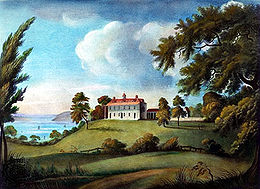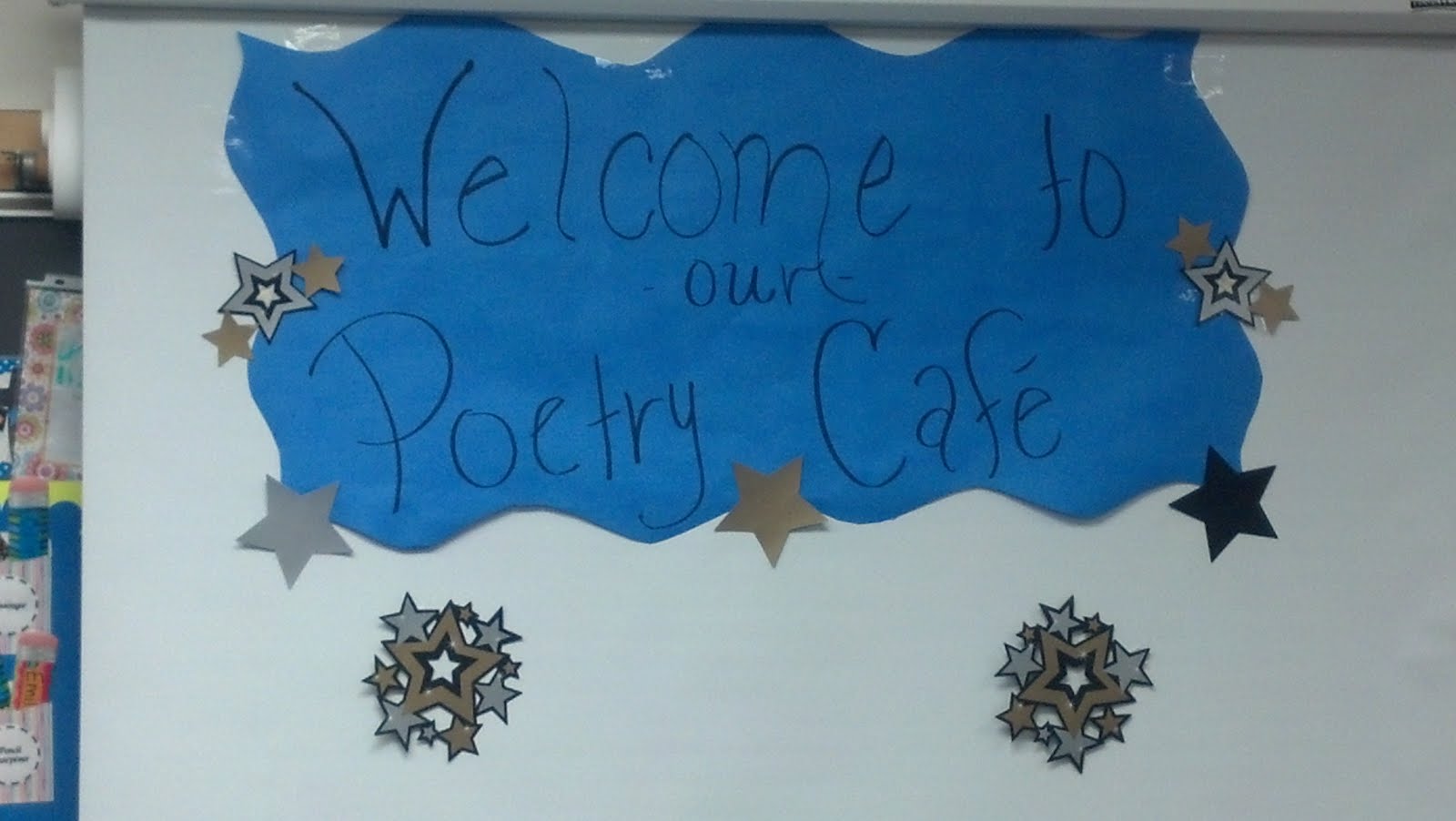Did you read Writer's Almanac this week? Garrison Keillor attributed the phrase "murder your darlings" to British author Sir Arthur Quiller-Couch. I always suspected Quiller-Couch was a Death Eater.
| A sketch of Hogwarts Castle from the Harry Potter Lexicon. Since we can't have the Poetry Friday Party in a fictional castle, let's head over to Katya's place, Write. Sketch. Repeat. |
What about setting? Can you imagine the Harry Potter books without Hogwarts? Gone with the Wind without Tara? Peter Rabbit without Mr. McGregor's garden?
| Poor Peter has lost his blue jacket. |
If you dream about a house, some say, you are visiting the mansion of your soul. It's easy to become connected to place, because places hit all of our senses. Not just the Big Five: sight, sound smell, taste, and touch. In a setting, we also have thermoception (sense of heat and cold) and equilibrioception (sense of balance, or how we perceive gravity in a place).
Read more about senses beyond the Big Five here. (P.S. This won't be new information for those of you in the Sensory Processing world.)
All these senses working together, filling my brain and body with input -- this is why I love to travel. And it's why I love to visit settings -- or use a setting I'm very familiar with -- when I'm working on a book.
Settings can, however, become literary darlings.
When I began working on my middle grade novel-in-verse, my eldest had just finished fifth grade. During that last year at elementary school, I chaperoned a field trip to Mount Vernon, George Washington's home in Northern Virginia.
 |
| Mount Vernon circa 1800. |
| The quarters were a sharp contrast to the Washington mansion, with its giant feather beds. From Travelblog.org. |
In the novel, when my characters returned from Mount Vernon, they did some research and learned about the Underground Railroad Experience Trail. This is a real, docent-led hike through the woods of Sandy Spring, Maryland. Experts believe the Quaker families in the area were part of the Underground Railroad network.
Near the end of my book, Miss Hill's fifth grade class planned and took a field trip to the trail, so they could learn more about the history of slavery.
I took my friend Michelle, my kids, her kids, and some extra kids to the trail one spring morning. (The guided hike is free, but you have to make a reservation).
 |
| A conductor at the Underground Railroad Experience Trail. |
Freedom Seeker: The Underground
Railroad Experience Trail
By Norah Hassan
On the trail, we had a conductor who helped us escape.
The whole class followed her through a forest
where signs said, To
be sold and let Three Slaves.
She called us Freedom Seekers.
My family came here for a better life,
even though we were not slaves.
We did not take much.
One bag of things from home for each person.
On the trail, trackers hid, hunting for slaves.
The conductor said, “You’d rather chance
going in those woods than staying at the plantation.”
I know what it’s like to give up my bed, my neighborhood.
When the conductor said people escaped
to keep their families together, I thought of Jaddi.
He is old. My mother says once he goes home,
he will not leave Jerusalem and visit us again.
On the trail, we pretended to follow the North Star,
moss growing on trees like a compass.
I was behind Katie, hopping across the stream,
pretending to hide our scent from dogs, when she fell.
I have never seen an arm break.
I have never seen the whiteness of bone.
Ashlie said, “That’s disgusting.”
She stepped over Katie as if she were a muddy stone.
Jason, Rennie and I helped Katie to the stream bank.
T. J. called 9-1-1 on his cell phone then found Miss Hill.
I thought, Slaves did
not have 9-1-1.
Jason raised his hand and asked the conductor,
“If we really were escaping slaves,
would we have to leave Katie behind?”
I know what it means to leave someone behind.
I have been a freedom seeker.
However, when I overhauled the plot of my novel this summer, I realized both Mount Vernon and the Underground Railroad Experience Trail had to go.
Can I tell you how hard it was to cut a WHOLE SETTING, especially a cool one that people should know about, and where I did a boat load of research and took pages of notes?! It felt like murder most foul, my friends.
| Can you imagine Hamlet set anywhere else but Elsinore Castle? (Said to be based on Kronborg Castle in Denmark.) |
This was killing a darling in its truest sense, because including the experience trail in the book had become my personal agenda. The book had different ideas. We were only momentarily at odds with one another, but the needs of the book won. They always do.
I leave you with a cover of the Beatles "In My Life." Have you ever had to cut a setting you loved from a novel? Tell us about it!

11 comments:
You might enjoy the web series Ask a Slave, based on the experiences of the actress who played a slave at Mount Vernon.
http://www.youtube.com/watch?v=X1IYH_MbJqA
Thanks, Regina. That's a great resource. I will check it out. I wish someone like this had been there when we went to Mount Vernon.
Love the images you picked to go with this post! You are very wise about the needs of your writing vs. your own agenda. How much distance do you need before you can tell the difference, do you suppose?
Oh, painful - but writing takes courage! Thank you for sharing all of these wonderful images/experiences, even if you had to leave them behind for the good of your project.
(Have you seen the PBS series Many Rivers to Cross this fall? I've been riveted by the episodes I've caught.)
Hi, Tabatha. That's a good question about distance. I put my book away, did not even peek at it, for about ten months. I don't think I could have done such a global revision without that amount of distance.
Hi, Robyn. I haven't been watching much TV (except for Dr. Who. Big anniversary this week!) I will check out Many Rivers to Cross. Thanks for the recommendation.
I never really thought of setting as being a darling before, but after this post, I see what you mean. Looks like you need to add creative nonfiction to your writing to-do list, Laura!
Hi Laura,
Interesting post. Because I'm a geographer, I think I just naturally consider whether I need to include place and landscape elements in anything I write. For many geographers (well, at least the British geographers with whom I studied) it's natural to talk about the "personality" and "identity" of landscapes and places. In the writers group I attend, I often find myself commenting on the geographic details in others' work-- whether it's needed, accurate, logical, etc.
I can't think of any instance in which I cut out setting. I have a poem I've read at a couple open mics recently in which the specific setting and geographic context is important, but could be an impediment if the reader isn't familiar with the area. In fact, that was a response from one person at my writers group when I read it there. I'm not going to cut out the setting, but I will have to accept that some people may not be able to connect with the poem as well as I might like.
Oh, those two lines - " “If we really were escaping slaves,/ would we have to leave Katie behind?” - are heartbreakers. Hard to imagine what one would do in order to get away and be free.
I write poetry so I haven't had to give up entire sub-plots or settings, but I do love a story that allows the landscape to be a character. I've led workshops with grad. creative writng students where they all made maps, very detailed, of settings for their fiction. It was thrilling to see them work out exactly how the neighborhood or town was laid out, how characters got from Point A to Point B, what they saw, heard, smelled, felt along the way. Thanks for your thought-provoking post. I found myself wondering if the people in charge of Mt. Vernon tours have now placed guides in the slave quarters...? What an oversight!
Interesting post -- and it must have been hard to decide to leave out Mt. Vernon and the Underground Railroad trail! Hard to believe no one could answer questions at the slaves quarters at Mt. Vernon.
I know what you mean about "personal agenda." I've read too many adult novels recently where the author's agenda is obvious. It makes me wonder if editors do any editing at all anymore.
Post a Comment